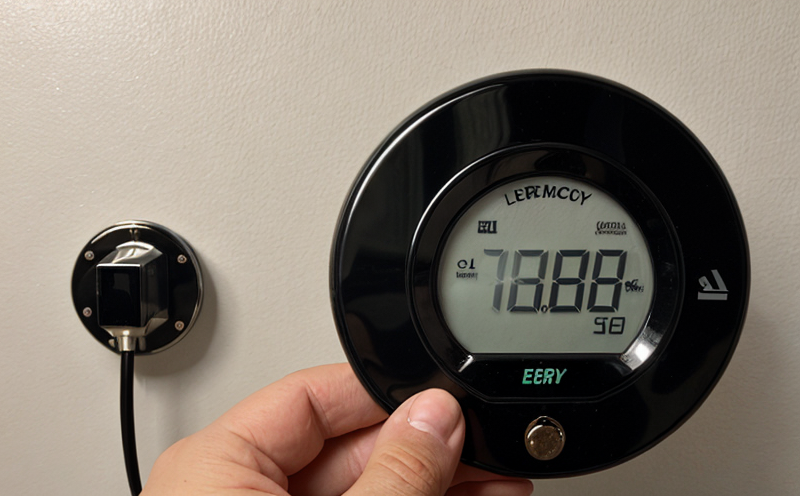CENELEC EN 50564 Energy Efficiency Testing of Electrical Devices
The CENELEC (Comité Européen de Normalisation Electrotechnique) standard, EN 50564-1:2013, specifically addresses the energy efficiency testing of electrical devices. This standard is part of a broader framework designed to ensure that electrical equipment meets stringent energy performance requirements as defined by the European Union's Ecodesign Directive (2009/125/EC).
The primary goal of this testing is to enhance the overall energy efficiency and reduce unnecessary power consumption across various sectors, including residential, commercial, industrial, and public utilities. Compliance with EN 50564 ensures that products contribute positively to environmental sustainability by minimizing waste and promoting efficient use of resources.
For quality managers and compliance officers, understanding the nuances of this standard is crucial for maintaining market access within the European Union. R&D engineers play a pivotal role in ensuring their designs adhere to these stringent requirements from inception through final product release. Procurement teams also benefit significantly by selecting suppliers who can demonstrate compliance with such standards.
The testing process typically involves measuring and evaluating various parameters related to electrical performance, including power consumption under different operating conditions, standby mode efficiency, and overall energy savings potential when compared to baseline models.
Instrumentation used during these tests includes advanced power meters capable of capturing real-time data over extended periods. Specimen preparation requires careful selection based on the intended application range, ensuring accurate representation of typical usage scenarios.
The resulting reports provide detailed insights into how efficiently each device operates under specified conditions. These documents serve as critical tools for stakeholders involved in product development, marketing, and regulatory affairs.
| Applied Standards | Description |
|---|---|
| CENELEC EN 50564-1:2013 | This version introduces updated methodologies for evaluating energy efficiency across a wide range of electrical devices. |
| IEC 62301, IEC 62788 | International equivalents that complement the European standard with additional guidance on measurement techniques and data interpretation. |
The use cases for this service extend across multiple industries where reducing energy consumption is key. For instance, in consumer electronics, manufacturers can optimize battery life while maintaining functionality; in lighting systems, improvements could lead to substantial reductions in electricity bills for households.
Additionally, industrial machinery and equipment benefit from enhanced reliability and reduced maintenance costs due to better thermal management resulting from optimized design considerations.
- Consumer Electronics: Optimizing standby power consumption
- Lighting Systems: Enhancing LED efficiency without compromising brightness
- Industrial Machinery: Improving motor performance through precise control algorithms
The testing procedure follows a structured approach that begins with initial setup and calibration of the laboratory environment. Following this, specimens are subjected to standardized test protocols designed to simulate real-world usage patterns. Data collection occurs continuously throughout each trial, allowing for comprehensive analysis post hoc.
| Scope and Methodology | Description |
|---|---|
| Detailed Protocol | Involves measuring power consumption at idle states as well as during active usage. Standby modes are also evaluated to ensure minimal energy draw when not in use. |
| Data Analysis | Statistical methods are employed to compare results against established thresholds outlined by EN 50564-1:2013. |
Frequently Asked Questions:





